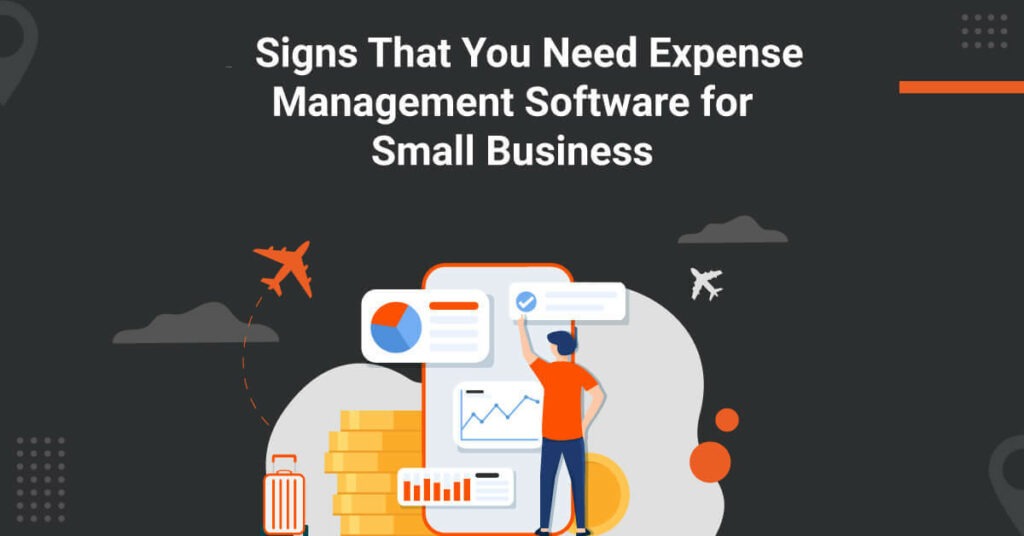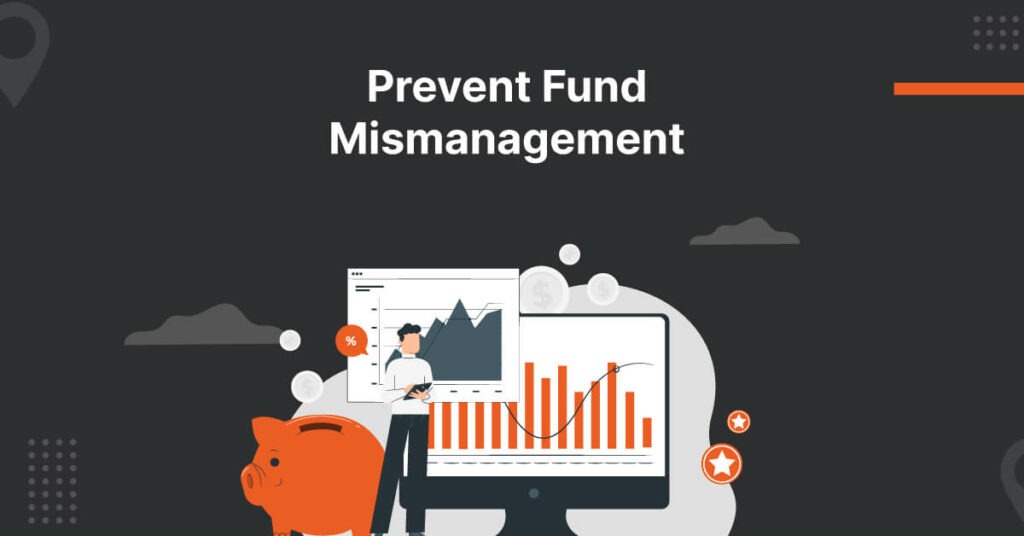
Expense management is one of the most critical tasks in any manufacturing business. Proper cost control can lead to higher profitability, streamlined operations, and better financial health. However, traditional expense management for manufacturing is often time-consuming, error-prone, and inefficient.
This is where automation can step in and revolutionize how manufacturing companies handle their expenses. In this blog, we’ll explore how automation can transform expense management in manufacturing and the key benefits it offers.
The Challenge of Traditional Expense Management
Manufacturing companies deal with various expenses, from raw material purchases to employee travel costs. Managing these expenses manually can be daunting. Some common challenges include:
- Time-Consuming Processes : Collecting, verifying, and approving expenses can take up much time for both employees and finance teams.
- High Error Rates : Manual data entry often leads to mistakes, resulting in incorrect financial reports or overspending.
- Lack of Visibility : It’s hard to get real-time insight into expenses when tracked using outdated methods like spreadsheets or paper forms.
- Policy Violations : When relying on manual checks, ensuring that all expenses comply with company policies can be difficult.
Automation addresses these issues by streamlining the expense management process from end to end.
What is Automation in Expense Management?
Automation in expense management for manufacturing involves using software and digital tools to automate tasks traditionally done manually. This could include:
- Automating Expense Reports : Employees can submit expense claims through an app, which are automatically reviewed and processed.
- Automating Approvals : The system can route claims to the right approvers based on predefined rules, saving time and effort.
- Automating Policy Checks : Expense software for manufacturing automatically verifies that submitted expenses comply with policies. This reduces the risk of violations.
By implementing automation, manufacturing companies can handle expenses more efficiently, accurately, and with minimal manual intervention.
Key Benefits of Automating Expense Management for Manufacturing
1. Improved Accuracy
Manual data entry is prone to human error. An extra digit or a misplaced decimal point can result in financial discrepancies, affecting the overall budget. Automation eliminates this problem by ensuring all data is accurately captured and processed.
For example, an automated system can pull data directly from receipts, invoices, or bank statements, reducing the need for manual input and improving the accuracy of expense reports and financial records.
2. Time Savings
Time is a precious resource in manufacturing, where efficiency is key to meeting production targets and staying competitive. With automation, the time spent on managing expenses can be significantly reduced.
Tasks like submitting, reviewing, and approving expense reports can be completed within minutes instead of hours or days. Automated systems also allow employees to submit expenses via mobile apps, making the process faster and more convenient. This gives finance teams more time to focus on strategic tasks rather than administrative ones.
3. Cost Control and Visibility
One of the biggest advantages of automating expense management for manufacturing is the increased visibility it offers. Automated tools provide real-time insights into company spending, enabling managers to monitor costs more effectively.
For example, managers can set up dashboards to track expenses by department, project, or vendor. This helps them identify overspending or cost-saving opportunities early on. With better visibility into expenses, manufacturing companies can improve budgeting and ensure that funds are allocated efficiently.
4. Better Compliance and Policy Enforcement
Manufacturing companies often have strict policies regarding expenses, especially around procurement and travel. Ensuring compliance with these policies manually can be a headache. Automation solves this problem by enforcing policies automatically.
Automated systems can flag expenses that don’t align with company rules and prevent them from being processed. This not only reduces policy violations but also helps maintain financial integrity. Additionally, audit trails are automatically created, providing a clear record of all expenses for future review.
5. Reduced Paperwork
Traditional expense management for manufacturing industry involves piles of paperwork.. This not only takes up valuable time but also creates storage issues. Automating the process allows for a paperless system where everything is digitized.
Documents can be uploaded to the system in a few clicks, making it easy to store and retrieve them when needed. This leads to a cleaner, more organized workflow with fewer chances of lost or misplaced documents.
6. Enhanced Employee Experience
Managing expenses manually can be frustrating for employees, especially when they are required to fill out complex forms or wait weeks for reimbursements. Automating the process makes it more user-friendly.
Employees can submit expenses through a mobile app, take photos of receipts, and get reimbursed much faster. This leads to higher employee satisfaction and improves morale, particularly for employees who travel frequently or make frequent purchases on behalf of the company.
7. Scalability
As manufacturing companies grow, so do their expenses. Managing a small team’s expenses manually might be feasible, but it becomes nearly impossible as the business expands. Automated systems are highly scalable and can easily handle increased volume without the need for additional staff.
Automation ensures that the expense management process remains efficient and effective, even as the company grows and the number of transactions increases. This scalability is crucial for maintaining cost control as the business evolves.
How to Implement Automation in Expense Management for Manufacturing
Now that we’ve covered the benefits of automating expense management let’s look at how to implement it successfully in a manufacturing company.
1. Identify Key Areas for Automation
Start by identifying the areas where automation would have the most impact. Common areas include:
- Expense report submission and approval
- Expense tracking and reporting
- Policy enforcement
- Invoice processing
By pinpointing the most time-consuming or error-prone tasks, you can focus your automation efforts where they’ll provide the greatest benefit.
2. Choose the Right Expense Software for the Manufacturing Industry
There are many expense management automation tools available on the market. It’s important to choose one that fits your company’s specific needs. Look for software that integrates with your existing systems, such as ERP or accounting software, and offers features like mobile access, real-time reporting, and policy enforcement.
3. Train Employees
For automation to be effective, your employees need to know how to use the new system. Provide comprehensive training to all relevant staff, from the finance team to department managers. This will ensure that everyone is comfortable with the new tools and can use them efficiently.
4. Monitor and Adjust
Once the automated system is in place, it’s important to monitor its performance and make any necessary adjustments. Regularly review expense reports, check for compliance, and solicit feedback from employees to ensure that the system is meeting your company’s needs.
Choose the Best Expense Software for the Manufacturing Industry
Selecting the right expense management software is crucial for the manufacturing industry. Automation tools simplify expense reporting, improve compliance, and offer a clear picture of financial health.
When choosing expense software, it’s essential to look for features like seamless integration with accounting systems, mobile accessibility, and strong policy enforcement. Among the many solutions available, itilite stands out.
With its comprehensive, AI-powered platform, itilite streamlines manufacturing companies’ entire expense management process. Its advanced automation, real-time tracking, and 24/7 support make it an ideal choice for expense management for manufacturing industry.













